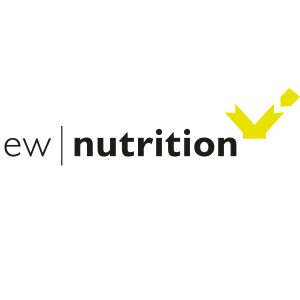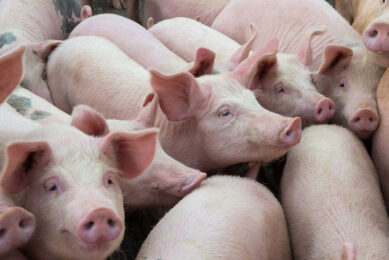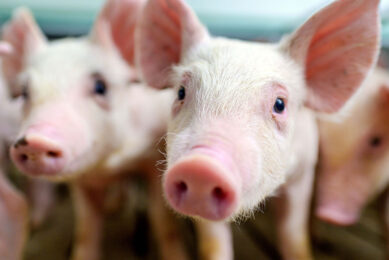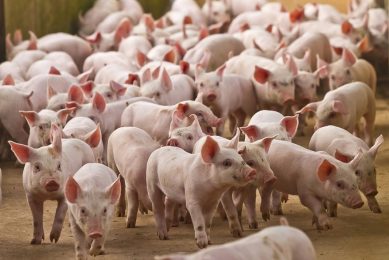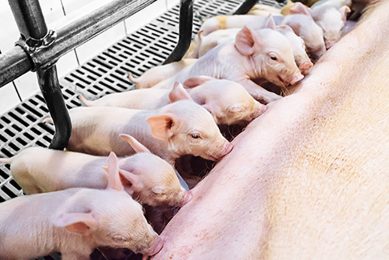5 principles to consider when designing biosecurity programmes
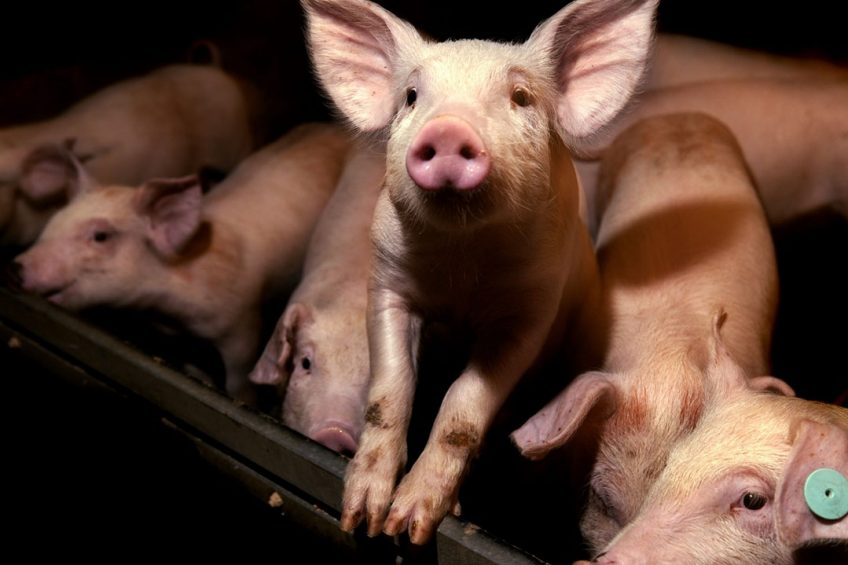
Biosecurity is the foundation for all disease prevention programmes and all the more important in antibiotic reduction scenarios. It includes the combination of all measures taken to reduce the risk of introduction and spread of diseases and is based on the prevention of and protection against infectious agents. Its fundament is the knowledge of disease transmission processes.
The application of consistently high standards of biosecurity can substantially contribute to the reduction of antimicrobial resistance, not only by preventing the introduction of resistance genes into the farm, but also by lowering the need to use antimicrobials.
Lower use of antimicrobials with higher biosecurity
Studies and assessments such as those done by (Laanen, et al., 2013), (Gelaude, et al., 2014), (Postma, et al., 2016), (Collineau, et al., 2017) and (Collineau, et al., 2017a) relate a high farm biosecurity or improvements in biosecurity with lower antimicrobial use. Laanen, Postma, and Collineau studied the profile of swine farmers in different European countries, finding a relation between a high level of internal biosecurity, an efficient control of infectious diseases, and a reduced need for antimicrobials.
Others such as Gelaude and Collineau studied the effect of interventions. The former examined Belgian broiler farms, finding a reduction of antimicrobial use by almost 30% when biosecurity and other farm issues were improved within a year. The latter studied swine farms located in Belgium, France, Germany and Sweden, in which antimicrobial use was also reduced in 47% across all farms and observed that farms with the higher biosecurity compliance and who also took a holistic approach, making other changes (e.g. management and nutrition), achieved a higher reduction in antimicrobial use.
Biosecurity interventions pay off
Of course, the interventions necessary to achieve an increased level of biosecurity carry some costs. However, the interventions, especially if taken with other measures such as improved management of new-born animals and nutritional improvements, also improve productivity. The same studies which report that biosecurity improvements decrease antimicrobial use also report an improvement in animal performance. In the case of broilers, Laanen (2013) found a reduction of 0.5 percentual points in mortality and one point in FCR; and Collineau (2017) obtained an improvement during both the pre-weaning and the fattening period of 0.7 and 0.9 percentual points, respectively.
Implementation, application and execution
Although biosecurity is considered the cheapest and most effective intervention in antibiotic reduction programmes, compliance is often low and difficult. The implementation, application, and execution of any biosecurity programme involves adopting a set of attitudes and behaviours to reduce risk of entrance and spread of disease in all activities involving animal production or animal care. Measures should not be constraints but part of a process aimed at improving the health of animals and people, and a piece of the holistic approach to reduce antibiotics and improve performance.
Designing effective biosecurity programmes: Consider these 5 principles
When designing or evaluating biosecurity programmes, we can identify 5 principles that need to be applied. These principles set the ground for considering and evaluating biosecurity interventions:
![]() Separation: Know your enemy, but don’t keep it close
Separation: Know your enemy, but don’t keep it close
It is vital to have a good separation between high and low risk animals or areas on the farm, as well as dirty (general traffic) and clean (internal movements) areas in the farm. This avoids not only the entrance but the spread of disease, as possible sources of infection (e.g. wild birds) cannot reach the sensitive population.
![]() Reduction: Weaken your enemy, so it doesn’t spread
Reduction: Weaken your enemy, so it doesn’t spread
The goal of the biosecurity measures is to keep infection pressure beneath the level which allows the natural immunity of the animals to cope with the infections, lowering the pressure of infection e.g. by an effective cleaning and disinfection programme, by the reduction of the stocking density, and by changing footwear when entering a production house.
![]() Focus: Hunt the elephant in the room, shoo the butterflies
Focus: Hunt the elephant in the room, shoo the butterflies
In each production unit, some pathogens can be identified as of a high economic importance. For each of these, it is necessary to understand the likely routes of introduction into a farm and how it can spread within it. Taking into account that not all disease transmission routes are equally important, the design of the biosecurity programme should focus first on high-risk transmission routes, and only subsequently on the lower-risk transmission routes.
![]() Repetition: Increasing the probability of infection
Repetition: Increasing the probability of infection
In addition to the probability of pathogen transmission via the different transmission routes, the frequency of occurrence of the transmission route is also highly significant when evaluating a risk (Alarcon, et al., 2013). When designing biosecurity programmes, risky actions such as veterinary visits, if repeated regularly must be considered with a higher risk.
![]() Scaling: In the multitude, it is easy to disguise
Scaling: In the multitude, it is easy to disguise
The risks related to disease introduction and spread are much more important in big; more animals may be infected and maintain the infection cycle, also large flocks/herds increase the infection pressure and increase the risk by contact with external elements such as feed, visitors, etc.

Can we still improve our biosecurity?
Almost 100% of poultry and swine operations already have a nominal biosecurity programme, but not in all cases is it effective or completely effective. BioCheck UGent, a standardised biosecurity questionnaire applied worldwide, shows an average of 65% and 68% of conformity, from more than 1000 broiler and 2000 swine farms between respectively; opportunities to improve can be found in farms globally, and they pay off.
The bottom line
Biosecurity is necessary for disease prevention in any profitable animal production system. To make effective plans, these 5 principles should be applied to choose the right interventions that prevent the entrance and spread of disease. However, maintaining a successful production unit requires a holistic approach in which other aspects of biosecurity need to also be taken seriously, as well as actions to improve in other areas such as management, health and nutrition.
Authors: Marisabel Caballero, Global Technical Manager Poultry, EW Nutrition and Fellipe Freitas Barbosa, Global Technical Manager Swine, EW Nutrition
References are available on request


